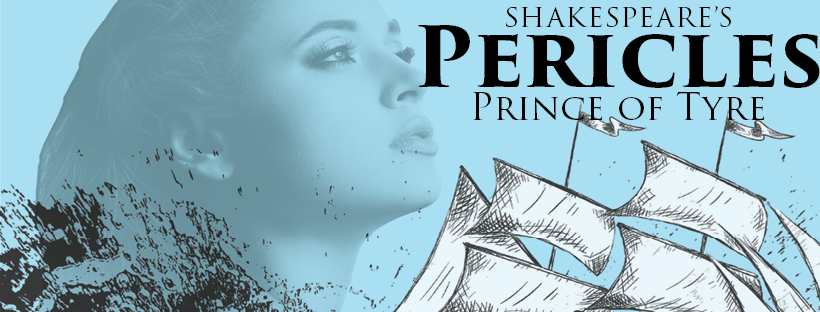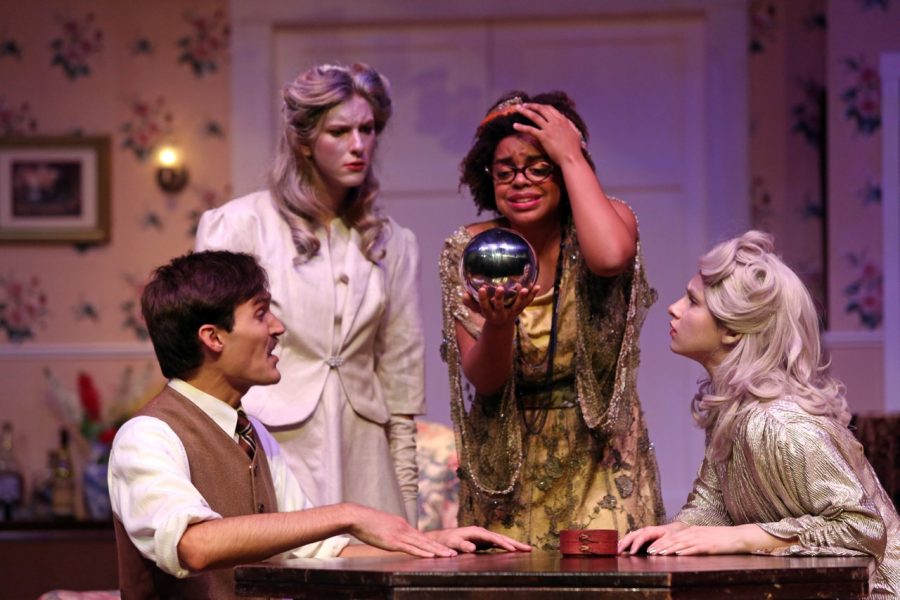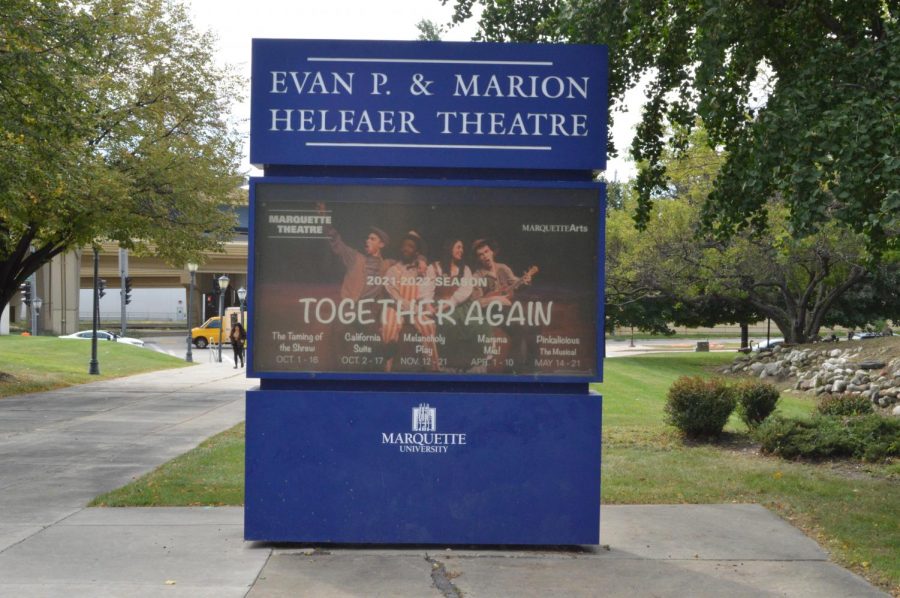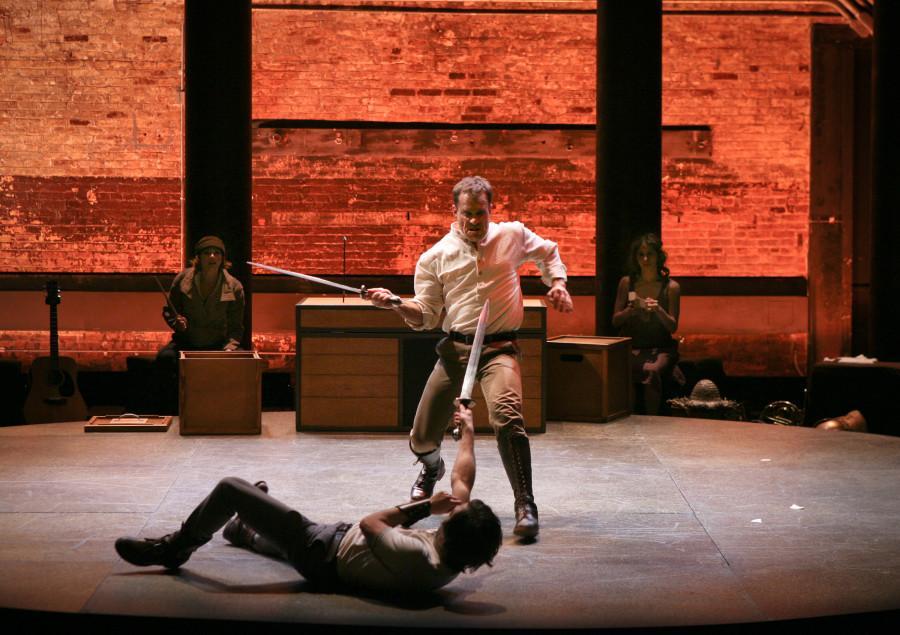
She loves him, but he loves her. He loves her, but she loves him. He also loves her, but she’s not supposed to love him. And he loves her, but she loves … a baby?
Oh, Shakespeare. You always keep it interesting.
Whoever said 16th-century literature was boring obviously never has seen Marquette’s interpretation of “A Midsummer Night’s Dream.”
The Department of Performing Arts takes on William Shakespeare’s most fantastical fantasy with a modern twist, opening Thursday at the Helfaer Theatre.
The story begins in an immaculate Athenian palace where the first love triangle is introduced. Four young lovers run into the forest to escape their forbidden desires, and they unknowingly stumble upon a world ruled by fairies.
A petty dispute troubles the king and queen of the fairies who are bent on making each other miserable. Fairy King Oberon seeks to resolve the rift in his relationship by embarrassing his beloved, with the help of his servant, Puck, and some magical flowers.
Another subgroup of characters is introduced, and magical mayhem ensues.
According to director and performing arts faculty member Maureen Kilmurry, this is the first time Marquette has performed this particular show.
One defining characteristic of the show is its incorporation of “found objects” into the costume and set design. The fairies are scavengers and collectors, attracted to light and shiny objects. Their world is formed entirely from items they have collected from the human world and adapted to their needs.
“The costumes for fairies are sort of castoffs from the human beings. Things they find, things they steal,” Kilmurry said. “They don’t necessarily wear them the way human beings wear them.”
One of the Fairy Queen Titania’s long skirts, for example, is made out of colorful rubber gloves. An item an Athenian leaves behind at one point in the show may be collected by the fairies and later seen as a part of their mystical world.
The fairies seem to have an affinity for umbrellas, too, which aid in their invisibility. The objects match their personalities, as the knavish schemer Puck’s umbrella is black and broken. Titania’s flowery bed is adorned with a pink polka dot umbrella to hide her from any passersby.
A few of the actors have dual roles in the show. College of Communication senior Jessica Orr not only plays Titania in the fairy world, but also the Amazonian queen Hippolyta, betrothed to Theseus, Duke of Athens in the human world.

College of Communication junior John Gallagher acts as both Theseus and Oberon.
Most noticeable in his dual role, however, is College of Communication junior Harry Loeffler-Bell.
Loeffler-Bell stands out as the show’s catalyst Robin Goodfellow, more commonly known as Puck.
The sometimes lovable, sometimes detestable character snakes in and out of the audience and on and off the stage. He is responsible for the play’s movement and progression, and sometimes this role is executed so well that the audience forgets he is still sitting in the midst of them all.
“The character (Puck) is completely based around childish fun and taking nothing seriously,” Loeffler-Bell said. “He directly impacts everything that’s going on.”
Puck’s mischief directly counters Loeffler-Bell’s alternate character, however, as the militaristic “Master of Revels” Philostrate.
This cast presents a very different interpretation of “A Midsummer Night’s Dream,” taking the usually prim and proper 16th century style and tearing it to shreds.
Eleni Sauvageau, junior in the College of Communication, said this interpretation deconstructs conventions associated with Elizabethan drama.
“Shakespeare is really put together, and this makes it not put together,” she said.
The whimsical story demonstrates Shakespeare’s view of the capriciousness of love and his own sense of humor. The play-within-the-play, characteristic of his usual comedies, even mocks his own tragedies. Forbidden love leads to lovers’ deaths, but the charming acting troupe makes it outrageous and awful, yet hilarious and endearing.
Kashi Cepeda, senior in the College of Arts & Sciences, said Shakespeare meant for this show to make fun of love and himself.
“A lot of his plays are like the play at the end of this,” Cepeda said. “It’s a commentary on how it’s so easy to fall in and out of love.”
Emotions are accentuated with the extremes of light and sound. Trouble and power are signified by thunder and lightning, and the mischievous sprites create an air of menace with self-made music and sound effects.
Some transitions are so simple the spectators will forget they are hearing a 400-year-old text. When Helena, portrayed by College of Communication junior Kirsten Benjamin, makes her first entrance, she looks like an audience member walking in late.
Nick Bottom is turned into an ass with the simple addition of donkey ears atop his hat. It’s College of Communication senior Michael Gau’s interpretation of his character’s transformation that makes the animal likeness evident.
The group of young actors does well to interpret a classic comedy in a delightful new manner. Even those unfamiliar with Shakespeare will be able to understand and enjoy this production, and the cast is eager to share the experience.
“As an actor, working with Shakespeare is the best training possible,” Orr said. “Being able to have students understand Shakespeare or classical theater and take that journey with us is exciting.
“A Midsummer Night’s Dream” is showing at the Helfaer Theatre Nov. 12 to 15 and Nov. 18 to 22. Tickets are $9 for students, $15 for university employees, alumni and senior citizens and $19 for general seating. “Date night” is Thursday, Nov. 18, when students can buy two tickets for $12.








